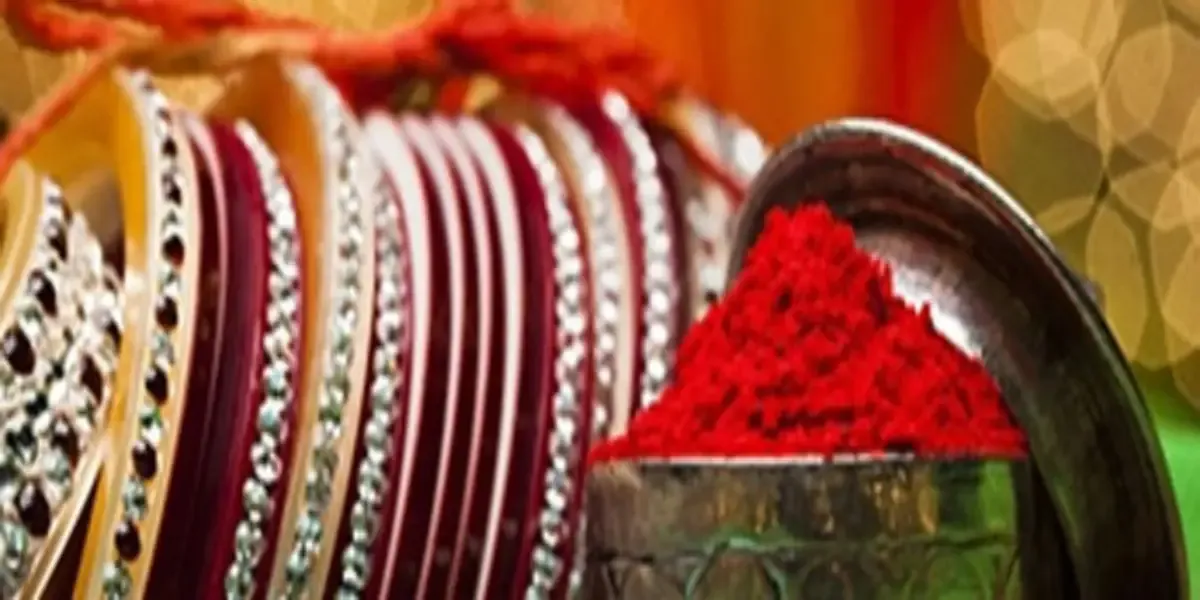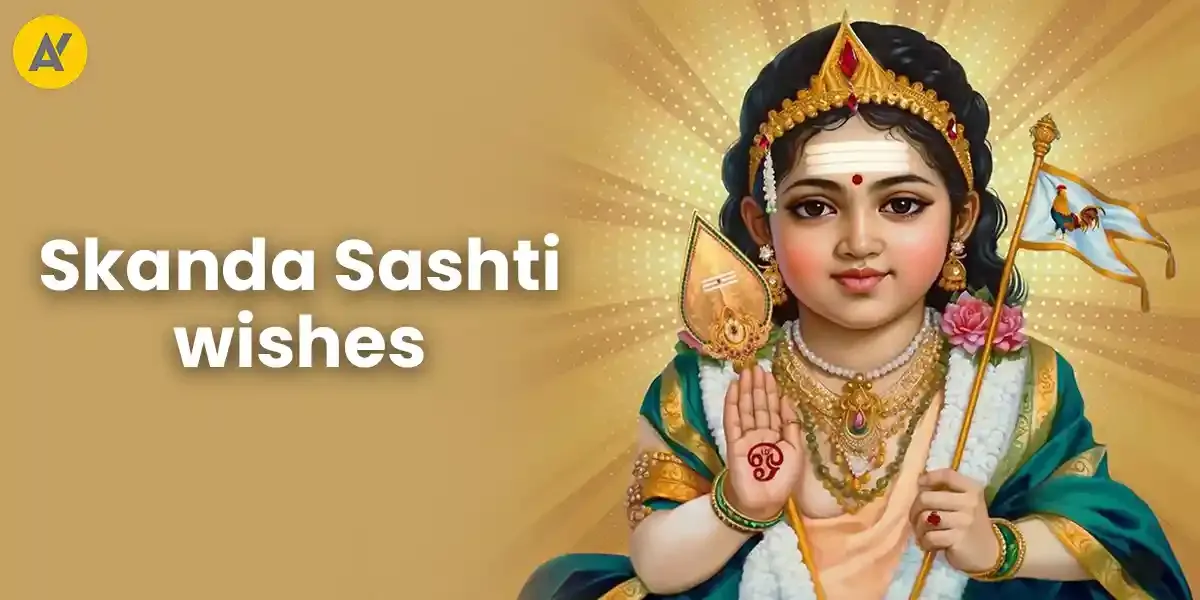
Indian women are known for their feminine grace which is greatly enhanced by their adornments. Sindoor, bindi, toe rings and bangles are some parts of their identity and add to their beauty. Other than making a woman look beautiful, most of these adornments have some health benefits which keep them fit and on the go.
Sindoor is a red or orange colored powder applied by a married girl in her hair parting. Applying Sindoor by the groom on the brides head is one of the most auspicious rituals of the Hindu marriage. Sindoor is a symbol of a married girl whose husband is alive. It is believed that Goddess Parvati, who is the epitome of an ideal wife, used Sindoor in her hair partition and she protects the husbands of all the married women who apply Sindoor.
Sindoor: Sindoor is made using mercury, turmeric, and lime. It stimulates good health since mercury acts as a catalyst which helps to ease stress and strain. It also helps in keeping the brain active and alert, controls BP, activates sexual drive and libido.
According to Hindu belief, wearing Sindoor brings good fortune as our head is one of the places where Goddess Laxmi resides on Earth.
Bindi:Bindi is a dot worn on the center of the forehead by not only women but some men too. Young women wear bindi of any color and married women normally wear red which represents honor, love and prosperity. In the Southern parts of India, young girls wear black bindi to ward off evil. Some Hindus, who worship Lord Vishnu, apply a V-shaped red colored bindi with a white dash inside it. Followers of Shiva apply ash-colored powder on their foreheads as 3 horizontal lines.
From Vedic times, bindi was applied by both men and women to worship one’s intellect. During meditation, one concentrates on this spot between the eyebrows as it is considered as the inner guru’s seat. Also, the point on the forehead where the bindi is applied, helps in relieving stress and headache.
Toe Rings: Toe rings are worn by married women on the second toe of both feet. Sometimes two sets are worn, one for brother, one for husband and if either one dies, one set is removed. This signifies that if the husband dies, the brother is there to protect her. Unmarried women never wear it. Other than adorning the feet, the ring is supposed to press a nerve that connects to the uterus, regulating the blood flow to it and thus keeping it healthy to make babies.
Gold: It is never made of gold as gold represents Goddess Laxmi and wearing gold on the feet would be considered as a disrespect to the Goddess. It is instead made of silver in the belief that silver being a good conductor, absorbs energy from Earth and passes it to the body, refreshing it.
Bangles: Bangles, besides making the arm look beautiful, are a mandatory part of a bridal wear. Different regions in the country wear different colored bangles after marriage. Punjab stresses on red, Maharashtra on green, Bengal on ivory, Southern states on gold etc. Red signifies energy and prosperity, green denotes good luck and fertility, white is for new beginning and gold is for fortune and prosperity.
The breaking of bangle after wearing is considered inauspicious since it symbolizes the well-being of husband and sons.
Bangles too, are supposed to keep the stress in check by pressing on certain nerves of the arm and so many men also wear one single thick one called ‘kara’.
Our in-house team of writers comprises of vibrant, like-minded, and curious souls who are passionate about helping people find joy and motivation through the magic of words. Our writers are keen on using their skills to make the study of divination sciences a guiding tool in people's lives. They hold expertise in writing on a myriad of topics related to Indian Astrology, Spirituality, Planetary Movements, Vastu Shastra, Numerology, and Tarot among several others. The Astroyogi team aims to write articles that can help the readers lead a life of peace and tranquility whilst enjoying the many ups and downs of life!


































